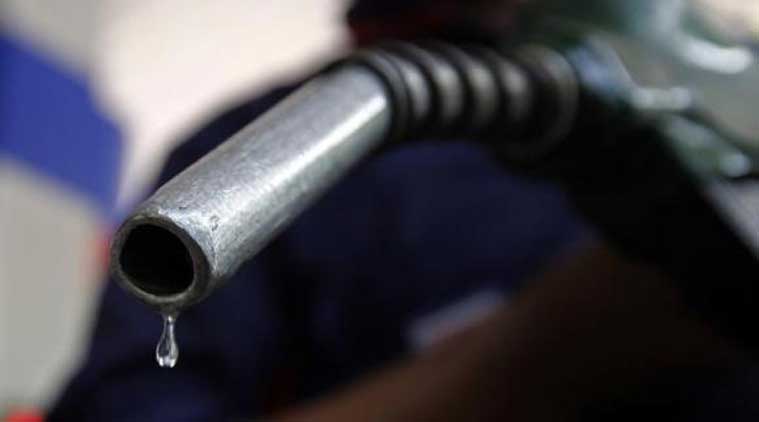Express Economic History Series: Step by step explained, how India unshackled Petroleum in the ’80s, ’90s
The then Petroleum Secretary, G V Ramakrishna's pitch to the oil majors was: with drilling rigs idle and exploration costs low, it made sense to risk bucking the trend.
 The then Petroleum Secretary, G V Ramakrishna’s pitch to the oil majors was: with drilling rigs idle and exploration costs low, it made sense to risk bucking the trend.
The then Petroleum Secretary, G V Ramakrishna’s pitch to the oil majors was: with drilling rigs idle and exploration costs low, it made sense to risk bucking the trend.
In 1986, having opened up a couple of sectors, and at a time when global oil prices had plunged below $ 10 a barrel, the government of Rajiv Gandhi decided to conduct roadshows in cities such as London and Houston — besides in Delhi — to woo foreign oil companies to explore India’s offshore fields. Geological data was available, and data rooms were opened in Dehradun and Houston. The Commonwealth Secretariat was the adviser to the government, providing comparative charts on similar exercises in countries such as Norway, Malaysia and China.
Even though production and enthusiasm were low, 8-9 companies such as Shell, Chevron and Texaco signed up for the 16-odd fields on offer, probably persuaded by the Petroleum Secretary, G V Ramakrishna. His pitch to the oil majors was: with drilling rigs idle and exploration costs low, it made sense to risk bucking the trend.
This was perhaps the first time that production-sharing contracts or PSCs — now a bone of contention between explorers and the government — were drawn up. It was also the first time that the principle of competitive bidding — now established as the benchmark for pricing of natural resources — was approved through a cabinet note. Rajiv Gandhi’s Petroleum Minister then was the Bihar leader Chandrashekhar Singh.
Even after the bidding, however, negotiations continued with the exploration firms — led from the government side by C B Bhave, one of GVR’s officers, who later became chairman of the securities regulator, Sebi. Bhave was helped by Vikram Mehta, an adviser to Oil India, the state-run firm which, along with ONGC, then had monopoly in domestic oil exploration. The foreign companies invested about $ 100 million — but where the government gained was really in securing valuable geological data which the prospectors had to provide as per the agreements.
It was almost a decade before the government decided to open up further. After India’s oil production started to decline from 1990-91, the government put up Notices of Interest (NOIs), inviting domestic and foreign private firms to develop medium and small fields. Some contracts were finalised in 1993-94. As part of the reform process, ONGC was corporatised in 1994, and 2 per cent was divested. At a time when crude oil production was just 27.03 million tonnes, Reliance forayed into the sector, fuelling a controversy over acquisition of a developed field.
Interestingly, what triggered some of the reforms during this period was apparently a suggestion — or proposal — from the Finance Ministry to the Petroleum Ministry to put on the block Bombay High, ONGC’s trophy field of the 70s, in what was then seen as part of multilateral loan negotiations.
But Petroleum did not buy the proposal, and instead, two significant reforms followed: ONGC and Oil India got global pricing for their products, and their monopoly in exploration came to an end. Under Petroleum Minister Satish Sharma, the PSCs were reworked. There were protests initially, but slowly, unions, companies and other stakeholders got on board. The mood changed through a series of seminars on global oil industry practices and competition, as part of which the famed American Daniel Yergin flew into India in 1995 to speak to staffers at these companies.
At the start of the reform programme, the then Petroleum Secretary, Vijay Kelkar, made it clear that the process was going to be more Test match than One-Dayer — slower, more deliberate and enduring. Kelkar was head of the so-called ‘R Group’, which looked at restructuring the oil and gas industry — both upstream for exploration and downstream for refining — with representation from state-owned firms as well as private sector players. A level below, BPCL chairman U Sundararajan headed a group of young oil executives to work on a revamp of the industry and firms. The reform blueprint prepared by the group set the ball rolling for more changes during 1994-97. State firms received approvals for capacity expansion, private firms for starting refineries — and in early 1994, prices were raised to lower the deficit in what used to be the oil pool account and to ease the financials of state-owned firms.
This was followed by reform of natural gas prices, deregulation of fuel oil and naphtha, and a timetable for diesel and petrol pricing. From1995-97, work was done on a New Exploration and Licensing Policy, which was approved in 1997, with changes in technical parameters in the production contracts, and longer durations reflecting global practices.
shaji.vikraman@expressindia.com
- 01
- 02
- 03
- 04
- 05






































